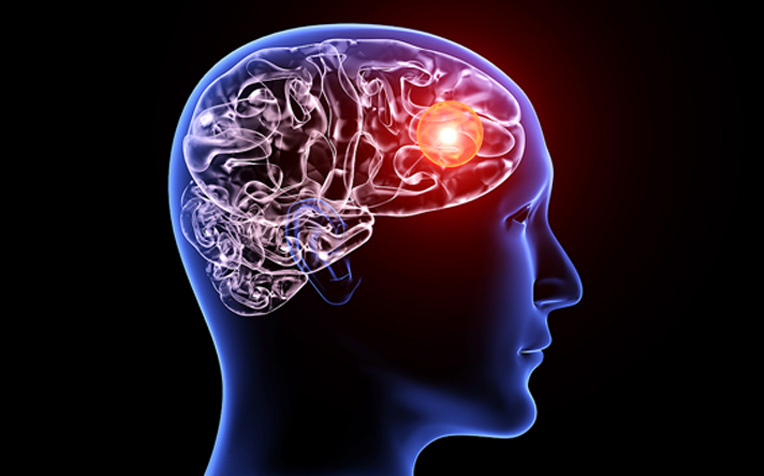
The sudden passing of
MythBusters co-host, Grant Imahara, is believed to be caused by
brain aneurysm. He was 49. But what causes an aneurysm and are there warning signs?
What is an aneurysm?
An aneurysm is an abnormal swelling of a weakened part of an artery or blood vessel. If left untreated, the aneurysm may enlarge and stretch the walls of the artery or blood vessel to the point of rupture. This, in turn can cause internal bleeding and sudden death.
“Aneurysms tend to affect more men than women. People over the age of 65 and those with a heart condition or high blood pressure (hypertension) should also watch out for pains in the chest, head or abdomen, as these could indicate an aneurysm,” advises
Adj Assoc Prof Soon Jia Lin, Senior Consultant from the
Department of Cardiothoracic Surgery at
National Heart Centre Singapore (NHCS), a member of the
SingHealth group.
Read more:
Sudden chest pains you shouldn't ignore and what they could mean
Causes of aneurysm
The most common causes are untreated, chronic high blood pressure (hypertension) and atherosclerosis (hardening of arteries due to cholesterol plaque buildup). They cause the artery walls to become so stretched and weakened that they bulge outward, creating a ballooned area called aneurysm.
Read more: Want to lower your blood pressure? Our dietitian recommends foods to eat and avoid
Congenital conditions such as
Marfan’s syndrome and bicuspid aortic valves may also weaken aortic walls, diminishing their ability to withstand the sheer forces of blood flowing through them.
Symptoms of aneurysm
“An aneurysm can show no symptoms until it has grown so large that it bursts, or tears within its wall. Early detection and treatment enhances survival,” says Adj Assoc Prof Soon.
Detecting an aneurysm early may be difficult due to the initial lack of symptoms. At a later stage, symptoms usually depend on the location of the aneurysm.
|
Brain Aneurysm | -
Severe headache
-
Blurred vision
-
Numbness on one side of the face
-
Nausea and vomiting
|
|
Thoracic aortic aneurysm (chest) | -
Deep, throbbing chest pain
-
Difficulty swallowing
-
Shortness of breath
-
Cough and hoarseness
|
|
Abdominal aortic aneurysm | -
Deep, constant abdominal pain
-
Pulsations in the abdomen
-
Throbbing lump in the groin or legs
-
Lower back pain
|
Read more: How is aneurysm treated and what to do to reduce your risk
--
Articles on
HealthXchange.sg are meant for informational purposes only and cannot replace professional surgical, medical or health advice, examination, diagnosis or treatment. Photo courtesy of iStock.